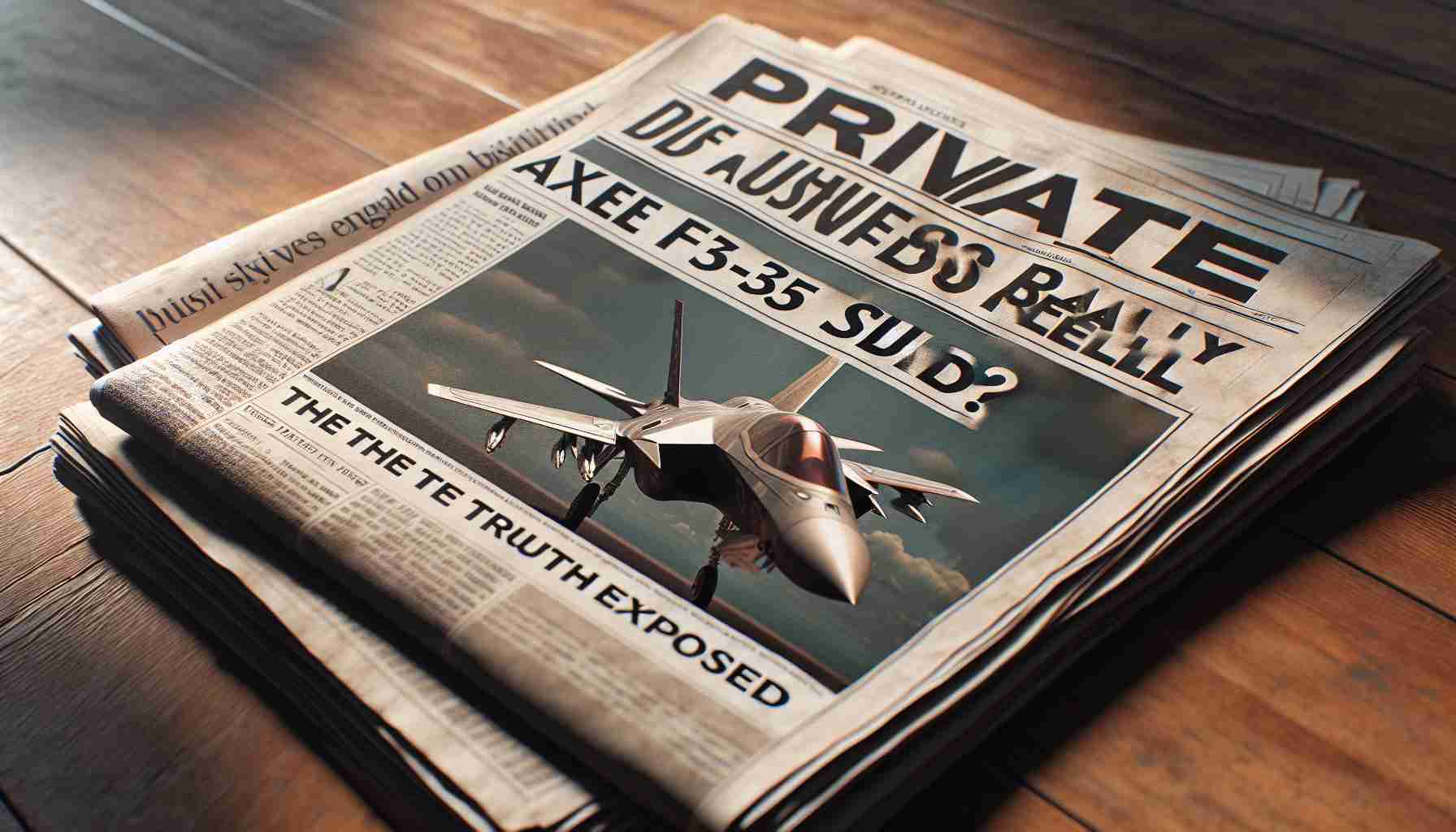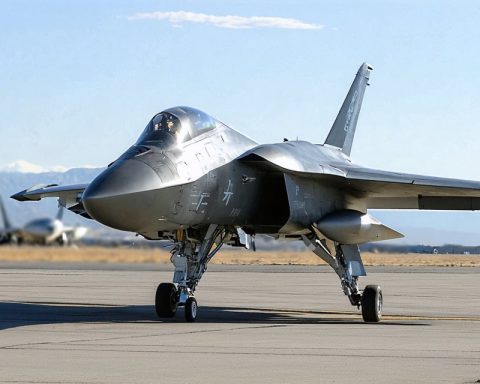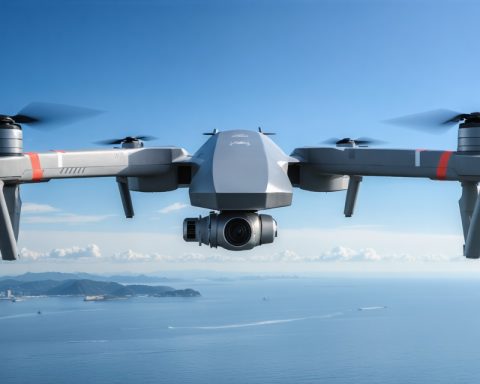Recent online rumors caused a stir with claims that U.S. President-elect Donald Trump was set to scrap a massive contract for the F-35 fighter jets. The alleged news suggested Trump told Lockheed Martin to halt the “$1 trillion” F-35 program due to China’s advancements in jet technology and perceptions about the future of air combat, favoring unmanned drones.
Rumor or Reality?
This buzz originated from an Indian outlet, Times Now News, gaining traction across social media platforms. Despite its widespread attention, Lockheed Martin dismissed this as inaccurate, and the U.S. military continues to support the F-35 initiative. While there are adjustments in procurement—down from 68 to 58 units in the fiscal year 2025 due to ongoing software issues—the commitment remains robust, with F-35 expected to serve until the 2070s.
The Drone Debate
Tech mogul Elon Musk fuels conversations about the obsolescence of manned aircraft in favor of drones. However, the continued focus on traditional fighter jets by global powers like China contradicts the notion of drones taking over air combat entirely. Although drones present exciting potential, the comprehensive capabilities of aircraft like the F-35 hold enduring value for many allied nations.
Final Word
Despite sensational claims on social media, the F-35’s future remains firm within U.S. defense strategy. The premature excitement over any shift towards unmanned warfare underscores the complexity involved in modern aerial combat strategies. As the debate continues, one certainty prevails: the full replacement of manned fighter jets is not imminent.
Is the Future of Air Combat Really Unmanned? Exploring the Truth Behind the F-35 and Drone Debate
Introduction to the F-35 Program and Drone Technology
In recent discussions surrounding military advancements, the F-35 fighter jet, produced by Lockheed Martin, has taken center stage. Amidst rumors and debates about its future, a critical question emerges: Are drones the destined successors to manned aircraft like the F-35, or do these jets still hold a fundamental place in modern warfare? While sensational headlines have speculated significant changes in the aircraft industry, the reality paints a more nuanced picture.
Unpacking the F-35: Features and Innovations
The F-35 is not merely a traditional fighter jet; it incorporates a range of advanced technological features. These include stealth capabilities, sensor fusion providing pilots with unprecedented situational awareness, and powerful avionics systems enabling superior combat effectiveness. The continued commitment to the F-35 suggests confidence in these features, ensuring it remains a cornerstone of air defense well into the 2070s.
Comparing Drones and Manned Aircraft: Pros, Cons, and Current Trends
The debate between using drones versus manned aircraft like the F-35 is intricate. Drones offer benefits such as reduced risk to human pilots and potential cost savings. However, current trends indicate a balanced approach, as the precision, versatility, and adaptability of manned jets provide advantages not yet fully replicable by drones.
Market Analysis and Economic Implications
The defense market reflects a global demand for both manned aircraft and unmanned systems. While nations invest in drone technology, the economic implications of fully transitioning away from established fighter programs like the F-35 are significant. The estimated decade-long service of the F-35 highlights its long-term strategic importance and economic impact on defense budgets.
Security Aspects and Technological Limitations
Security remains paramount in the debate over drones versus manned jets. Concerns over cybersecurity, reliability under combat conditions, and the autonomous decision-making capabilities of drones highlight existing limitations. Conversely, the human oversight in manned jets, combined with their sophisticated defense systems, provides a security advantage.
Insights into Sustainability and Future Predictions
As global powers assess the sustainability of their defense strategies, the balance between traditional aircraft and unmanned technologies is crucial. Predictions suggest a continued hybrid model, integrating innovations in both sectors. The F-35 program’s adaptability allows it to coexist with evolving drone technology, maintaining relevance in future combat scenarios.
For more details on the F-35 and its role in modern defense strategies, visit Lockheed Martin.












